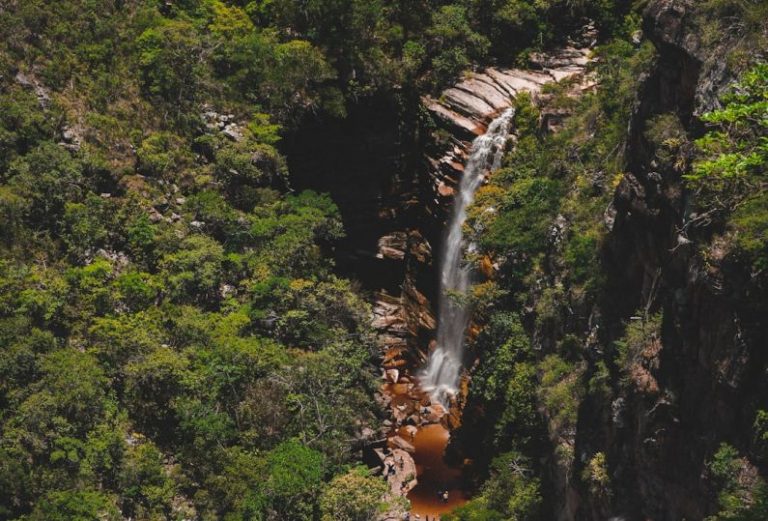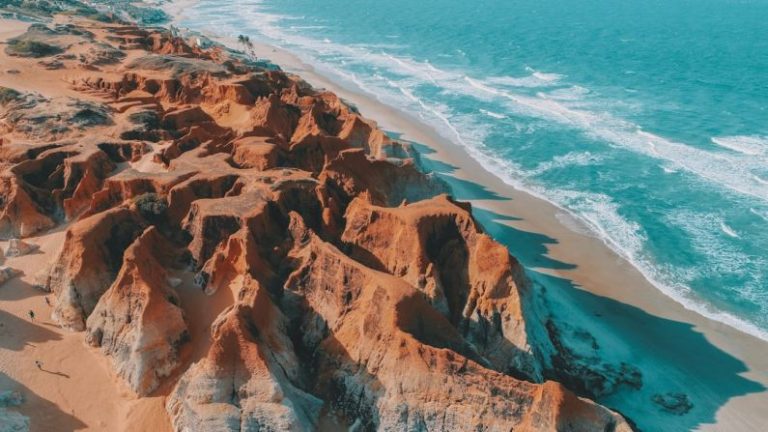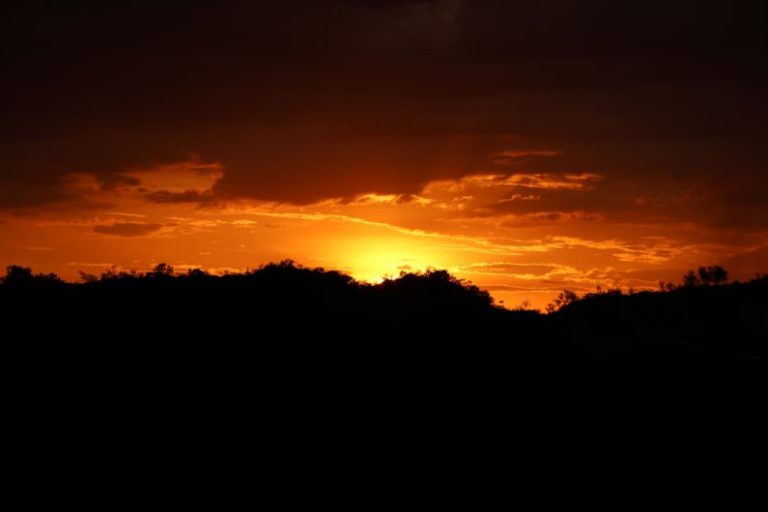How to Photograph Brazil’s Stunning Waterfalls?

Nestled within Brazil’s lush landscapes are some of the world’s most breathtaking waterfalls, offering a photographer’s paradise filled with cascading waters, vibrant rainbows, and lush greenery. Capturing the essence of these natural wonders requires a keen eye, technical skill, and a deep appreciation for the beauty of the outdoors. If you’re looking to photograph Brazil’s stunning waterfalls, here are some tips to help you create memorable and captivating images.
Choosing the Right Time of Day
The first step in capturing stunning waterfall photographs is to consider the lighting conditions. Optimal lighting can make a significant difference in the overall look and feel of your images. Early morning or late afternoon are ideal times to photograph waterfalls as the soft, warm light can enhance the colors and textures of the scene. Avoid harsh midday sunlight, which can create harsh shadows and overexposed areas in your photos.
Experiment with Shutter Speeds
One of the key techniques in waterfall photography is to experiment with different shutter speeds to capture the motion of the water. A slower shutter speed, such as 1/4 or 1/2 of a second, can create a dreamy, silky effect as the water flows over the rocks. On the other hand, a faster shutter speed can freeze the motion of the water, capturing each droplet in sharp detail. Play around with different settings to find the effect that best conveys the dynamic energy of the waterfall.
Composition and Framing
When composing your waterfall shots, consider the elements that will add interest and depth to your images. Look for natural framing elements such as overhanging branches, rocks, or foliage to guide the viewer’s eye towards the waterfall. Experiment with different angles and perspectives to find the most compelling composition. Including foreground elements can also help create a sense of scale and depth in your photographs.
Use a Tripod and Filters
To ensure sharp and clear images, it’s essential to use a sturdy tripod when photographing waterfalls. A tripod will help stabilize your camera and prevent camera shake, especially when using slower shutter speeds. Additionally, consider using a polarizing filter to reduce glare and enhance the colors of the water and surrounding foliage. Neutral density filters can also be useful in bright conditions to achieve longer exposures without overexposing the image.
Capture Details and Close-ups
While wide-angle shots can showcase the grandeur of a waterfall, don’t forget to capture the smaller details and textures that make each waterfall unique. Get up close and focus on intricate patterns in the water, rocks, and foliage surrounding the waterfall. Macro photography can reveal the hidden beauty of droplets, moss-covered rocks, or swirling eddies, adding a new perspective to your waterfall images.
Post-Processing and Editing
After capturing your waterfall photos, consider enhancing them through post-processing and editing. Adjusting exposure, contrast, and colors can help bring out the details and mood of the scene. Experiment with different editing techniques to add drama, depth, or a specific mood to your images. However, remember to keep your edits subtle and true to the natural beauty of the waterfall.
Seek Unique Perspectives
To truly stand out in your waterfall photography, seek out unique perspectives and viewpoints that offer a fresh take on familiar scenes. Explore different vantage points, hike off the beaten path, and venture closer to the waterfall to capture unconventional angles. Don’t be afraid to experiment and push the boundaries of traditional waterfall photography to create images that are truly your own.
Closing Thoughts
Photographing Brazil’s stunning waterfalls is a rewarding and awe-inspiring experience that allows you to connect with nature and capture its beauty in a new light. By following these tips and techniques, you can elevate your waterfall photography skills and create images that evoke the power, grace, and majesty of these natural wonders. Remember to be patient, observant, and open to creative possibilities as you explore the enchanting world of waterfall photography.





